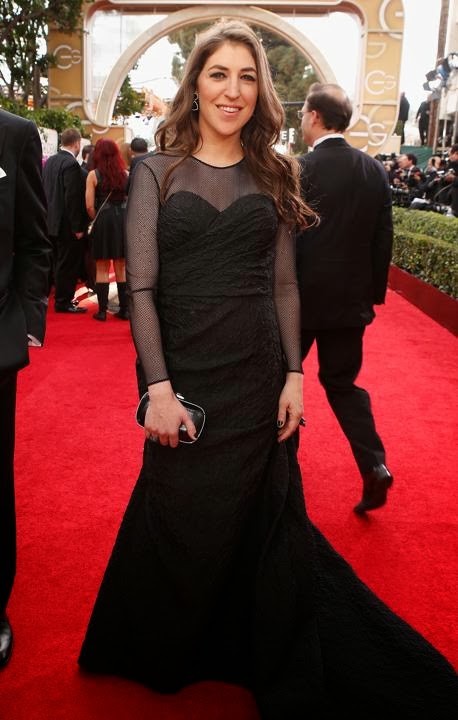Perceptions, migration designs, accessibility to couples and education are points of interracial and interethnic marriages
In 2017, 17per cent of marriages had been interracial and interethnic. Illustration: Mona Chalabi
In 2017, 17percent of marriages are interracial and interethnic. Example: Mona Chalabi
Last customized on Wed 21 Feb 2018 12.32 GMT
We t’s been half a hundred years because the people great courtroom decriminalized interracial marriage. Since then, the share of interracial and interethnic marriages in America has increased fivefold, from 3% of all weddings in 1967 to 17percent in 2015.
The Loving v Virginia ruling got a definite civil rights victory, but as Anna Holmes reflects in a recent article the nyc hours, comprehension which advantages from that profit and how is an infinitely more challenging story.
To begin with, there’s huge geographic difference in in which intermarriage occurs; it’s more common in urban centers than outlying areas (18per cent versus 11per cent) based on a Pew research in the Census Bureau’s figures. But those basically averages – US towns differ dramatically from Honolulu, Hawaii, in which 42percent of wedding receptions are interracial to Jackson, Mississippi the spot where the figure is simply 3%.
Geographic patterns in intermarriage image: Pew analysis Center
All in all, the most prevalent sort of intermarriage was between someone that is white and one that is Hispanic of every competition – those affairs accounted for 38% of all of the intermarriages this year. White-Asian people accounted for another 14% of intermarriages, and white-black lovers made 8%. You’ll find step-by-step maps of intermarriage patterns at a county level contained in this Census Bureau poster.
You will find sex designs within facts also. In 2008, 22% of black colored men newlyweds opted partners of another race, compared to only 9per cent of black women newlyweds. The sex structure is the other among Asians. While 40percent of Asian girls married outside their particular battle in 2008, just 20% of Asian male newlyweds did equivalent. For whites and Hispanics however, Pew receive no sex distinctions.
These rates aren’t simply a matter of like. They’re the consequence of financial, governmental and social factors. To record just a couple:
- Thinking (simple racism): While 72per cent of black colored respondents stated it would be fine with them if a member of family thought we would get married anybody of another racial or ethnic cluster, 61percent of whites and 63percent of Hispanics stated equivalent. Most particularly though, Us americans aren’t at ease with certain sorts of intermarriage. A Pew research learned that acceptance of out-marriage to whites (81percent) got more than try acceptance of out-marriage to Asians (75%), Hispanics (73percent) or blacks (66percent).
- Migration models: The Census agency provided here examples: “the elimination of numerous United states Indian people using their original places to reservation countries; over the years larger proportions of Hispanics staying in the Southwest; typically higher proportions of Asians surviving in the West” all of these
 shape in which intermarriages occur and between who.
shape in which intermarriages occur and between who.
- Option of partners: methodical incarceration of youthful black colored males, with greater passing prices contribute to the fact that black ladies are significantly less more likely to become hitched than lady of every other battle or ethnicity in the US. This, including greater black jobless rate imply that black people comprise a relatively little express of all marriages, including intermarriages.
- Degree: people who have an increased informative attainment are more inclined to intermarry. This has an effect on geographical models as well – locations with greater instructional attainment will have more interracial people residing there.

